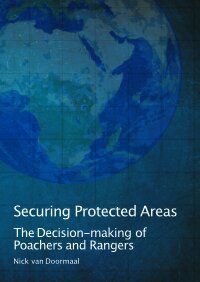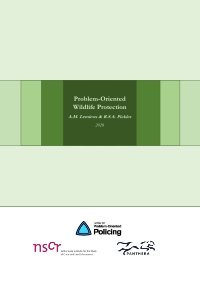By Nick van Doormaal
Wildlife crime is not a single event, but rather a chain of crime events, as depicted in Figure 1.1 and adapted from Moreto and Lemieux (2015) and ‘t Sas-Rolfes et al. (2019). Poaching, the illegal taking of wild flora and fauna, is the first event in a series of crimes that supply the demand for illicit wildlife products. After a poaching event, wildlife will typically be processed, transported to markets, traded, and consumed by the end user. Depending on the context, a number of different people or groups of people can be involved at various stages of the wildlife crime chain. The first stage of the wildlife crime chain will almost always start with a motivated poacher trying to illegally obtain a wildlife product inside a protected area. To prevent this product from entering the market, robust security of protected areas is essential. The studies in this dissertation focus on the poaching stage
Amsterdam: Netherlands Institute for the Study of Crime and Law Enforcement (NSCR), 2020. 168p.







